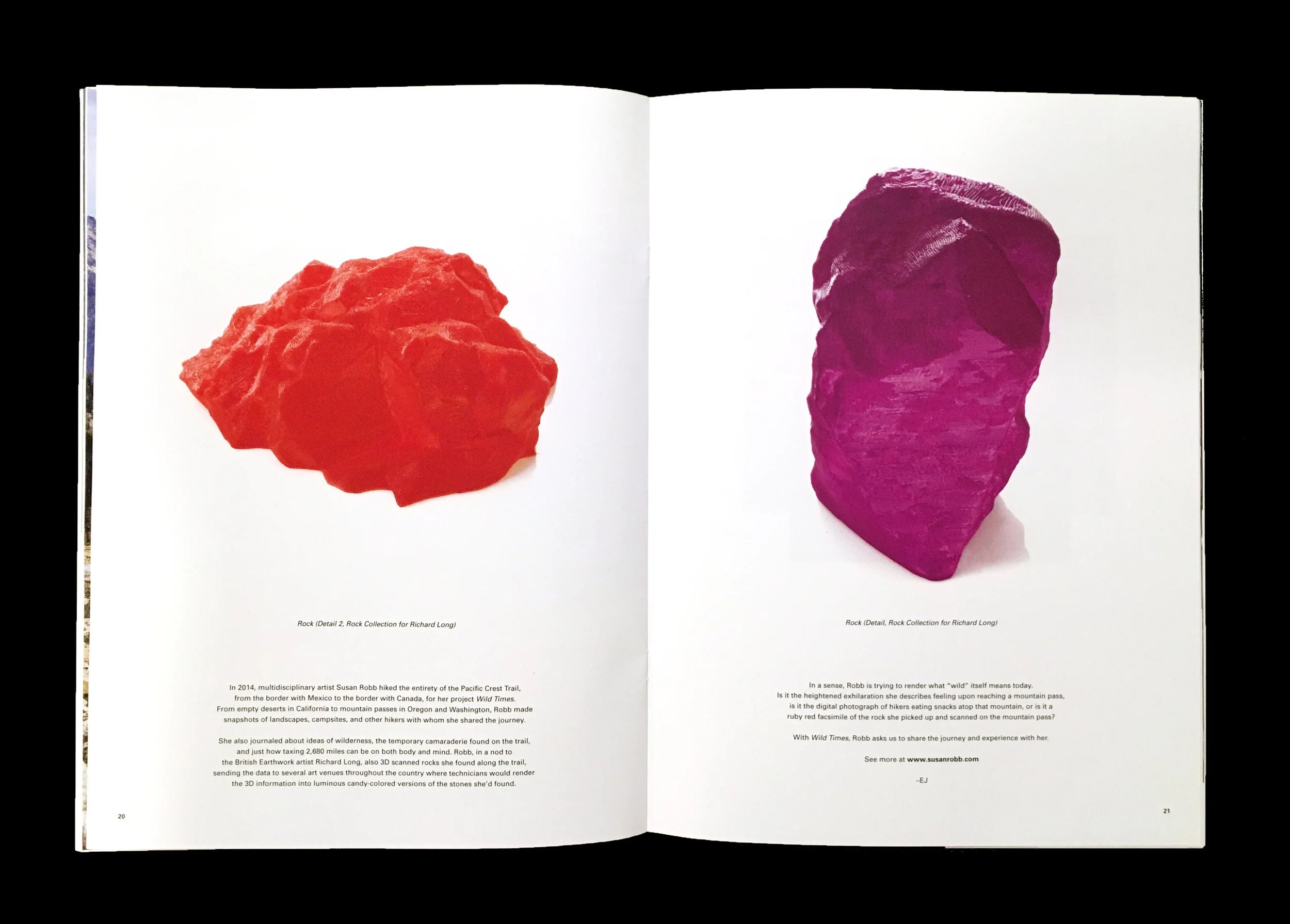Latitude 47 is a new annual photography magazine published by Seattle’s Photographic Center Northwest. Conceived and directed by Minor Matters Books founder and PCNW Executive Director Michelle Dunn Marsh, and renowned photographer and PCNW Programs Chair Eirik Johnson, Latitude 47 aims to bring the refined work and tight community of Northwest photographers to the rest of the world. While online content marketing (i.e. your favorite photo blogs) has done a great job of democratizing work of many artists, this traditional method of getting work in front of influencers promises to give Northwest photographers a larger footprint on the map. We spoke with Eirik Johnson about the project and ideas behind its first issue, which includes work from Seattle photographers and photo-based artists Canh Nguyen, Susan Robb, Glenn Rudolph, and Serrah Russell.
Jon Feinstein: Why is this publication/ particularly important now?
Eirik Johnson: I grew up in Seattle when it was a provincial large town kind of left out in the country’s corner to do whatever it wanted but was never really given much attention. When I moved back to Seattle after many years of living in San Francisco and Boston, I found that this booming city transformed into cosmopolitan hub of real creative vitality and that this extended to contemporary photographic artists. The issue still has been getting the word out on what’s happening here. We’re planning to send most of the copies out to a mailing list of national curators, gallery directors, editors, critics, and collectors, many of whom perhaps have never been to Seattle.
What motivated the project/ what's the story behind it?
When I came on as Programs Chair at the Photographic Center Northwest, I really wanted to champion this creative energy beyond the Northwest and saw a printed annual publication as a sort of “hands-on” platform to do just that. I love printed magazines and have fond memories of publications such as SF Camerawork’s Quarterly Journal. PCNW’s Executive Director, Michelle Dunn Marsh, is also the publisher of Minor Matters Books and worked previously at Aperture so she was able to provide her experience and feedback.
What do you hope the project will achieve?
Our hope is that Latitude 47 begins to further the credibility not just of the featured four artists in the publication, but also more broadly of the photographic arts community as a whole. That more curators, collectors, editors, publishers, and other artists see Seattle and the Northwest as a vital place where interesting work is being produced.
© Canh Nguyen
How did you select the artists for the launch issue?
For our inaugural issue, Michelle and I did not want to make a “survey” of Northwest photographic art. Rather, we wanted to feature a handful of artists whose work spoke to the scope and diversity of work being made currently. Each of the four artists who we ultimately selected is working quite differently and come with very unique perspectives.
In your mind, what makes Pacific Northwest photographers particularly unique?
Unlike other cities such as San Francisco, Boston, Los Angeles, or New York, Seattle’s photographic arts community doesn’t have the imposing legacy of renown long-time photographers, educators, or curators who have wielded a certain aesthetic through the exhibitions they’ve curated, students they’ve educated, etc. As a result, there’s a real diversity of photographic work happening from social documentarian, digital studio-based practice, photo-based installation, and camera-less process-based work, etc. One unifying trend, which this issue of Latitude 47 picks up on though, is the relationship with the natural world. The landscape of the Northwest permeates every cultural aspect of the region, even if it’s tangentially.
What is the relationship between PCNW and Latitude 47?
PCNW publishes Latitude 47 and Michelle and I are the editors. We want PCNW to be the hub, the center, for contemporary photographic art in Seattle and we want to spread the word. This publication allows us to promote the work of artists who we feel deserve more attention within AND outside the region and by extension, promote the work that we’re doing here at PCNW.





